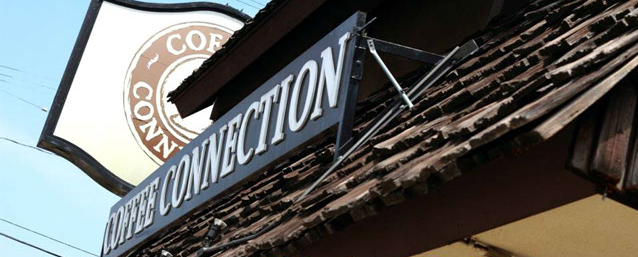If you're staffing up for a grand opening or replacing an employee who just left, Workpop may be the right tool for you. Workpop is a job posting platform who's focus is on bringing cool technology to local employers. My first experience using the platform was an overwhelmingly positive experience. The few down sides I found will be cured as more people use the site. Here's my take as a hiring manager.
Setting your account
Employers and job seekers alike can use existing social media accounts or an email address to set up an account. Every feature they offer today is included. Post as many jobs as you'd like for the always attractive price of $Free.99!
Building a company profile
The user interface feels clean and simple, yet complete. In addition to your company description employers are encouraged to include pictures and short video in their profile. Hiring managers can also include a photo along with a bio. It is like the designers at Workpop are reminding us that companies don't hire people, people hire people.
Creating a job posting
Simple is the word of the day here. Follow five easy steps and you are ready to publish your opening to the job board. The post will include the company profile, description, required skills, compensation & benefits, duties, and job title.
Results
Here is where the fun starts. Email notifications come in as candidates apply. Upon clicking the link to view new applicants you are sometimes greeted with a video cover letter. Right off the bat you can see how the person presents themselves and communicates. As smaller employers you know that every interaction consumers have with your staff is key. The video feature is optional and gives candidates the opportunity to make an impact before the interview.
Other vitals like a resume, contact information, skills, and schedule availability are all standard. Sorting is made easy with three buttons. You have the option to reject, mark the applicant as a maybe, or send a message with the built in IM feature.
Paying it forward
As a hiring manager I take my ability to impact a person's life seriously. Many of the people I hire are recent college grads who are seeking their first professional position. I will often take the time to give feedback to a candidate I have interviewed but can't hire. If you are so inclined, Workpop gives you the chance to do that right from their site.
When rejecting a candidate at any stage in the process you are prompted to offer feedback. I am told that this feedback will be summarized and presented anonymously to the applicants who are hitting a wall. This is a great idea. Hopefully Workpop can grow and maintain the percentage of employers who take the time to share insight with people they reject.
There is also Facebook interface to refer a listed position to a friend. As an employer this can be an easy way widen your net. You can list the position on your Facebook page. Your staff who are so inclined can refer their friends to apply as well.
What was lacking?
The short answer is not much. Expectations were reasonably set from the start. Here is what I am look for next:
Workpop needs a larger pool of candidates to choose from. I don't know any of their numbers. I can only say that I received nine applications in two weeks of the post being live. This will only improve with time. To be fair this is not much different that my experience with Craigslist.
Where is the offer button? On your employer dashboard each position is listed along with basic stats (new applications, maybes, rejects, offers sent, and a total). When I drill down to view an application I don't see any place to indicate that an offer has been made. So how would the offers column on the dashboard change? The option may be there, it just isn't obvious.
Small employers often don't have or want to pay for specialist to write job postings for them. (Here is a freebie Workpop). Add a feature that allows candidates to provide feedback to employers on the attractiveness of the job they post. Good employers conduct exit interviews when employees leave. If participation was reasonable this could give employers insight on attracting more ideal candidates from a larger pool of prospective employees.
Will Workpop help you employ better?
Over all Workpop is adding value to employers compared to the current batch of incumbents. This is especially true if you are hiring in or look for a job in the food service and retail industries. As Workpop grows there will be more people in their ecosystem and premium features to keep them in business. Workpop offers an easy to use way to list jobs and manage applicants. They have woven in a way for you to help your fellow man with constructive critique. I will be looking out for more good things from these folks in the months to come.
What do you think of Workpop and the features they are offering local employers?




















